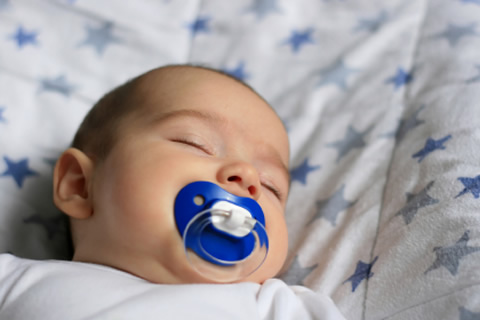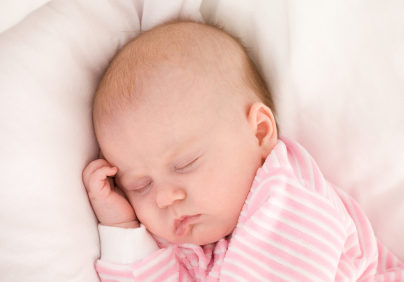
Safe sleep practices can not only provide piece of mind but can reduce the risks of SIDS, SUIDS and sleeping accidents as well as assist in establishing a good sleep routine.
Establishing safe sleeping practices as soon as you can is key.
Safe sleeping is following guidelines based on evidence that promote a safe sleeping environment and reduce sleep associated risks.
Generally, it is the safest place for a baby to sleep is considered next to the parent’s bed in a cot until they are 6 months old at least.
It is recommended for a baby to remain in the parent’s room for up to 12 months if possible.
There is no need to be daunted at the term safe sleeping practice.
Safe sleeping practices is the facilitation of an environment means that all potential dangers have been removed.
It means you have set up a safe sleeping space.
It entails factoring in the cot, mattress, bedding, safe space.
Safe sleep strategies
- Sleep the baby in their own bed (bassinet or cot) with a firm mattress.
- Remove any cords or strings they may be able to reach including mobiles.
- Make sure the bed meets the Australian Standards. All new and second-hand cots need to meet the Australian standards for cots (AS2172:2003). If you are using a portable cot then the standard is different (AS 2195), however bassinets don’t currently have a standard to follow.
- If you are using a second hand cot or heirloom cot ensure adheres to the standards of current day.
- Use a firm good quality mattress. It is believed that a soft mattress can increase the incidence of SIDS once they can roll onto their stomach.
- Ensure the mattress fits into the cot well with no gaps or space for them to get any body parts caught.
- It is recommended to use a new mattress for each baby. If this is not possible make sure that the mattress is clean, undamaged and has no hazards as this can pose a threat. Make sure of the age of the mattress and that it is not very old.
- Experts warn that second hand mattresses could increase the risk of SIDS, especially if the second hand mattress is from another home so be mindful when using a second hand mattress.
- Ensure that your baby’s face and head remain uncovered when they sleep.
- Limit the amount of bedding such as blanket and rather place more layers of clothing so as to reduce the risk of the bedding covering their face as they sleep. A sleeping bag is also good so long as it is well fitting. If blankets are used try to secure them by tucking them in well.
- Have NO toys, teddies, cot bumpers, etc in the cot with the baby. Not even up the other end, especially as babies learn to roll and move.
- Be careful with the amount of layering so they don’t become overheated.
- Place baby so that they are at the bottom of the cot and therefore they can’t ‘slide’ down and have their face covered by the blankets.
- Smoking increases the risk of SIDS both during pregnancy and after the baby is born. Try to make it a smoke-free home if a parent is a smoker as if they go outside to smoke the baby is not as directly exposed to it.
- Never place your baby on a waterbed, lounge, sofa, etc to sleep. Make sure they never sleep with cushions or can get stuck in a spot while sleeping.
- Place the baby on their back to sleep, not their tummy or their side.






